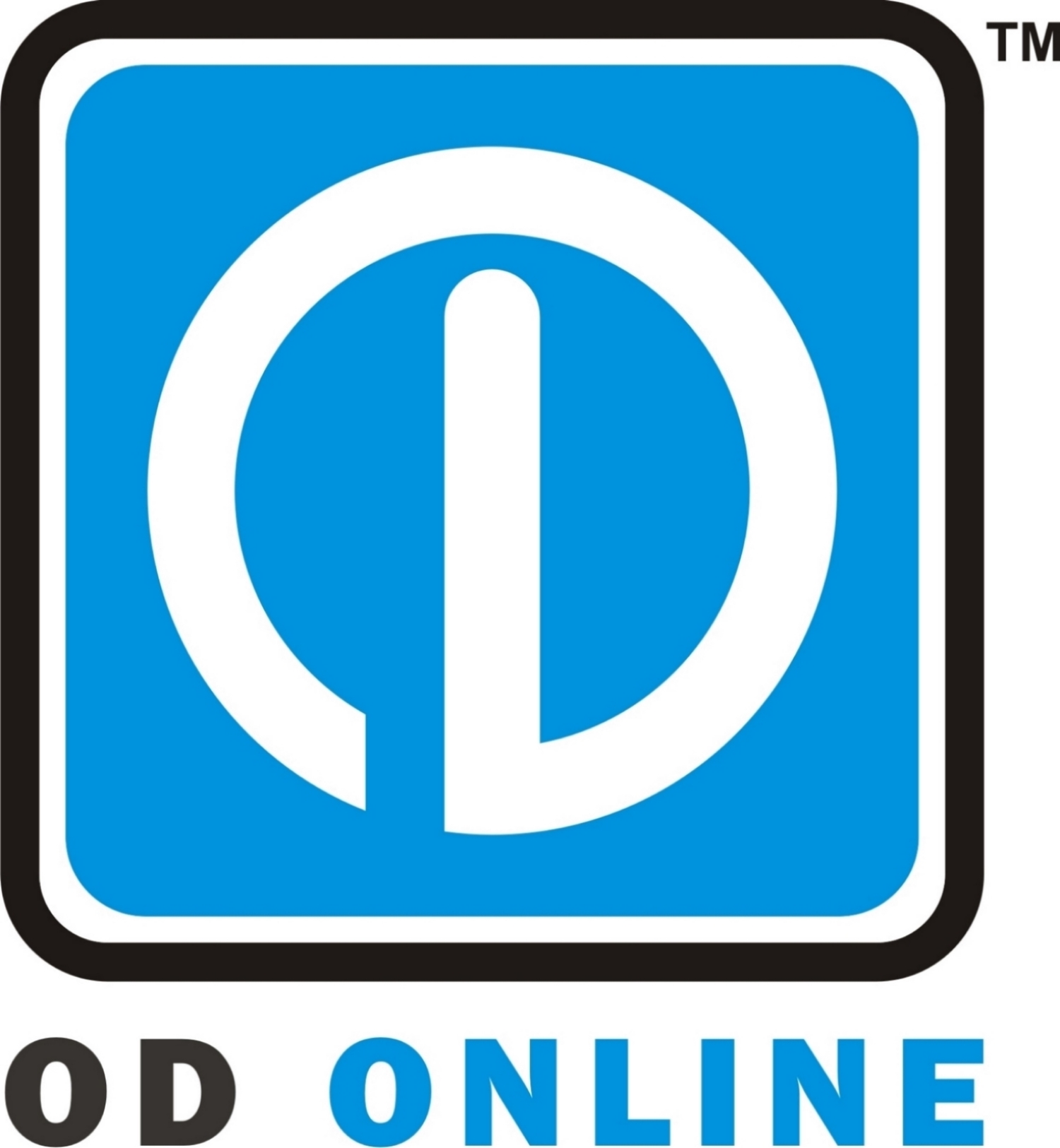Optometry practices are in the business of people. Whether your practice is looking to get back into the game or new to social media, they key is focusing your efforts.
Managing social media accounts can be time-consuming and difficult on top of other office responsibilities. That’s why it’s okay to start small. With so many social media networks available, it’s better to not be on all of them. Not sure you have enough time to manage a YouTube account? Skip it. Wondering how Instagram can help your brand? Tackle it later.
The benefits of social media to your practice include opportunities to engage with existing and new patients, improves your Google search rankings, and gives you an outlet to promote new products and services. Ready to kick-start your social media? Let’s get started:
1. Who are you looking to target?
You only have so many hours in a day, available content to post, and a specific audience to reach. Find out which social media channels your practice should be on by first determining your target audience. This will allow you to focus your marketing dollars and marketing message.
Here’s a quick breakdown of user type by network:
Younger audiences gravitate towards Snapchat, Vine, YouTube, Tumblr, and Instagram.
Linkedin is a favorite among highly educated and high-income users.
Women gravitate towards Pinterest, especially brides-to-be and moms-to-be.
Facebook and Twitter, though aging, reaches a broad audience.
Learn more about defining your target audience on Inc.
2. Choose your platform(s).
Now that you have your target audience and have an idea of which platforms are best to reach them, it’s time to assess which two platforms will be best for your business.
Instagram and Pinterest are highly visual platforms and are great for showcasing products in beautifully branded photographs.
Facebook and Twitter are great platforms for original and shareable content such as blog posts and videos.
Video focused platforms such as Vine, Snapchat, and YouTube require access to video recording equipment and editing tools.
3. Keep your branding consistent.
This includes your social network “handle” or name, profile and header images. Check to make sure that your name is available for your selected networks before claiming it. Also don’t forget to get a vanity URL on Facebook which replaces the original extra-long link with numbers.
4. Create a content calendar.
Getting content in the pipeline doesn’t mean you need to start from scratch. Look back at content you have and see how you can repurpose it. Do you have press coverage that can be shared on social? Perhaps you can create a blog post that addresses some concerns or problems you patients often face and post it on your Facebook. Share behind-the-scenes photos of your practice, highlight your patients, or let people know of a new product or service you’re offering. Create a mix of content to share that includes self-promotion, helpful information, and fun posts.
Tip: Make managing social media accounts easier is to use tools such as Hootsuite. You can schedule posts in advance for multiple social media platforms and keep track of user engagement.
5. Build your network.
Add clickable social icons to your website, email signatures, and marketing materials. Do a quick Google search for “free social media icons”, purchase fancier icons, or download official brand assets directly from the social media platform. Take it further by asking customers to follow your accounts, perhaps with an incentive that there may be exclusive discounts or offers available only on those specific social platforms. Supplement these efforts by engaging with others from your brand’s profile. Share articles, retweet quotes, and comment on their blogs.
6. Engage with your community and measure your progress.
Social media is a two-way conversation. Join groups that are relevant to your industry and audience. Keep updated on new social media trends and look for opportunities to better understand your audience. Find out whether what you’re doing is really working by determining how you are going to measure your success. Is your goal reaching 1,000 new page likes on Facebook in the next 12 months? Use goals to measure your progress.
7. Don’t stop.
The payoff of a consistent social media presence can help boost your practice. With tools such as Hootsuite and Facebook’s scheduling tool, you can queue up content in advance. Best practices for posting include:
- Blogging at least once a week
- Posting on Facebook and LinkedIn 3 times a week
- Tweeting 10 times a week
- Pinning and Instagramming 3 times a wee
What’s worse than no presence is an abandoned presence. With social media you are not only building relationships with potential and existing customers, you are representing your brand.




